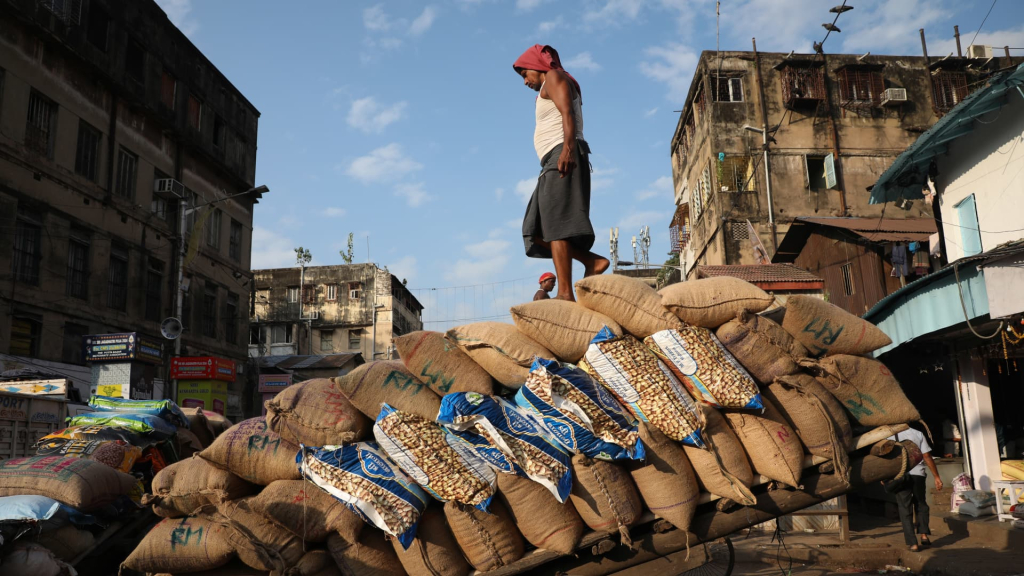Consumer inflation in India has shown signs of continued moderation, with rates falling to an unexpected 2.10% in June, according to data released by the government on Monday.
This marks the eighth consecutive month of declining inflation rates, following a drop to a level not seen in over six years in May. Economists surveyed by Reuters had anticipated June’s inflation to be around 2.5%.
The consumer price index demonstrates a persistent downward trend, largely due to decreasing food prices, which recorded a surprising figure of -1.06% in June compared to 0.99% in May.
This easing inflation scenario provides the Reserve Bank of India (RBI) with increased flexibility to continue its monetary policy easing, following a significant rate cut of 50 basis points implemented in May.
RBI Governor Sanjay Malhotra mentioned in a statement in May that extraordinary wheat production and an ample harvest of essential pulses during the spring season could ensure sufficient availability of critical food items, signaling a further potential decrease in food inflation.
“With favorable weather conditions in the forecast, we anticipate inflation to average approximately 2.5% over the next six months. A high base effect from the past three years and robust cereal output are also expected to sustain lower food inflation rates,” noted HSBC in a report dated June 30.
HSBC further stated, “A productive monsoon season is likely to help keep inflation in check, boost real wages, and enhance the purchasing power of consumers in the informal sector.”
The anticipated increase in domestic consumption is projected to spur economic growth in India, especially after the country reported a surprising economic growth rate of 7.4% for the quarter ending in March.
However, Malhotra has cautioned that the nation needs to remain vigilant regarding potential weather-related uncertainties and the implications of tariffs on global commodity prices.
India is currently engaged in trade negotiations with the United States in a bid to finalize an agreement before the impending tariff deadline set by President Donald Trump for August 1. Failure to reach an agreement could result in a 26% import duty on various goods.
Recent reports from Indian media indicated that a trade delegation is likely to visit Washington for further discussions, following Trump’s resurgence in issuing tariff letters to various countries last week.
Earlier this month, New Delhi proposed retaliatory duties against the U.S. through the World Trade Organization, highlighting that Washington’s 25% tariff on automobiles and certain auto parts could negatively impact $2.89 billion worth of Indian exports, as reported by Reuters.


























